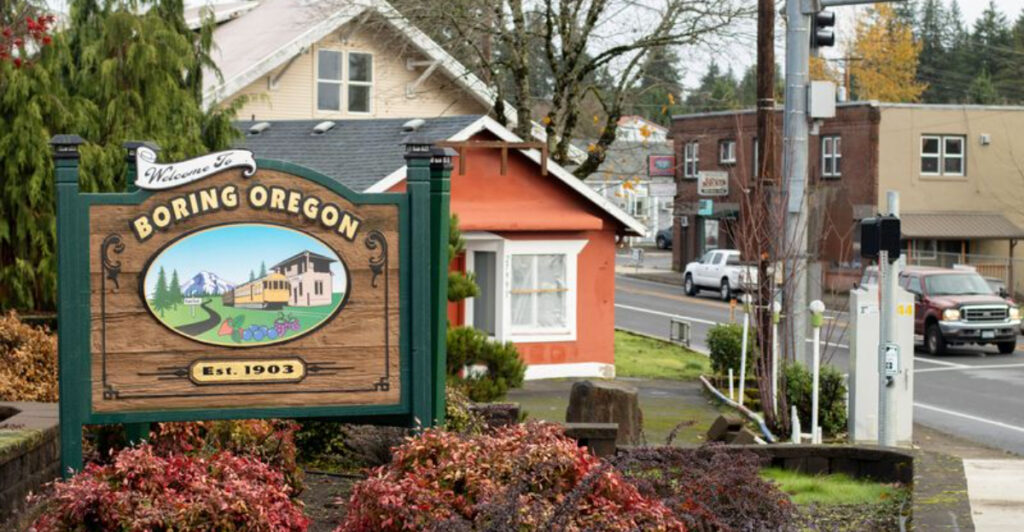The Pacific Northwest holds some of America’s most wonderfully weird town names that will make you do a double-take. From places that sound like insults to towns named after everyday objects, these communities carry stories as unique as their unusual monikers. Each name tells a fascinating tale of early settlers, local geography, or cultural mishaps that shaped these distinctive places we call home today.
1. Idiotville, Oregon
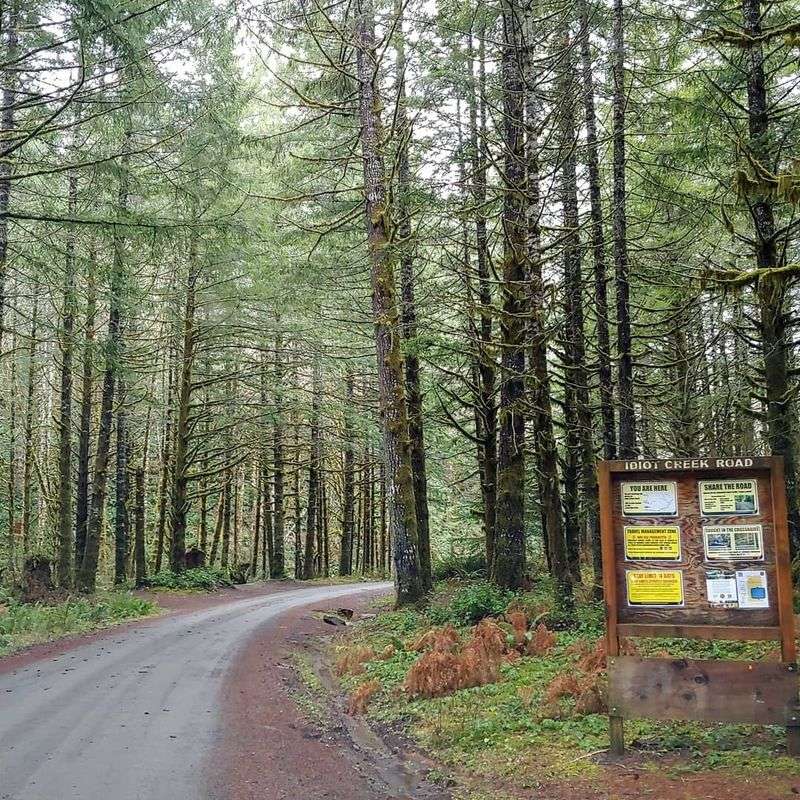
Deep in Tillamook County’s wilderness, this former logging camp earned its harsh name through pure isolation and desperation. Early timber workers considered the location so remote and challenging that locals joked only an “idiot” would choose to work there.
The camp operated during Oregon’s booming lumber days when men ventured into impossible terrain for steady wages. Dense forests and treacherous mountain paths made supply runs nearly impossible.
Today, few traces remain of this vanished community, but the name lives on in local folklore and historical records as a testament to the hardships faced by Oregon’s early loggers.
2. Humptulips, Washington
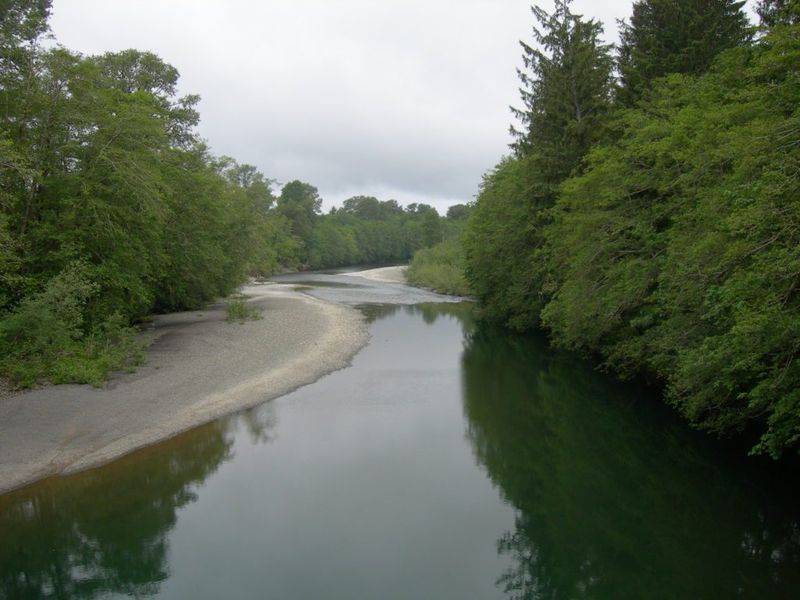
Native American wisdom gave birth to this eyebrow-raising name that actually carries deep practical meaning. The Chehalis tribe used words meaning “hard to pole” to describe the challenging river navigation that defined this area.
Canoe travelers struggled against swift currents and rocky obstacles that made traditional pole-pushing nearly impossible. The river’s unpredictable flow patterns created dangerous conditions for even experienced paddlers.
Modern visitors often chuckle at the name, but understanding its origin reveals the practical knowledge indigenous peoples shared about their homeland’s geography and the respect they held for nature’s challenges.
3. Boring, Oregon
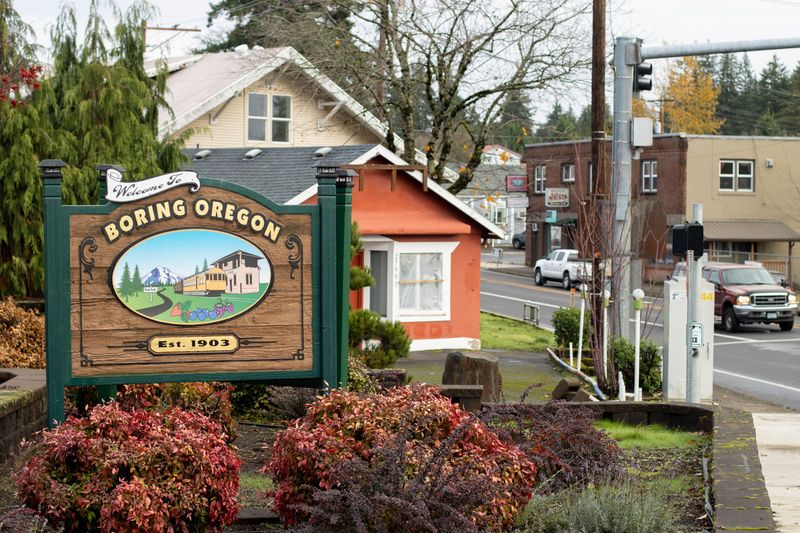
William Harrison Boring, a Civil War veteran and early settler, probably never imagined his surname would become a worldwide joke. This small community near Portland embraced its amusing name with remarkable humor and creativity.
In 2012, Boring achieved international fame by forming partnerships with Dull, Scotland, and Bland, Australia. Together, they created the “Trinity of Tedium,” celebrating their wonderfully mundane names through tourism and cultural exchange.
Local residents proudly wear t-shirts proclaiming their hometown’s “exciting” reputation. The community proves that sometimes the most ordinary names can create the most extraordinary stories and connections across the globe.
4. Zigzag, Oregon

Mountain geography inspired this dynamic name that perfectly captures the area’s winding terrain and serpentine roads. Located near Mount Hood, the community sits where travelers must navigate countless switchbacks and hairpin turns.
Early pioneers and Native American trails followed the natural contours of steep hillsides, creating the zigzag patterns that gave the area its distinctive identity. The Zigzag River also winds through the landscape in similar fashion.
Today, outdoor enthusiasts recognize Zigzag as a gateway to Mount Hood National Forest. Hikers, skiers, and climbers appreciate how the name immediately conveys the challenging but rewarding terrain that awaits adventure seekers in this mountain paradise.
5. Mossyrock, Washington
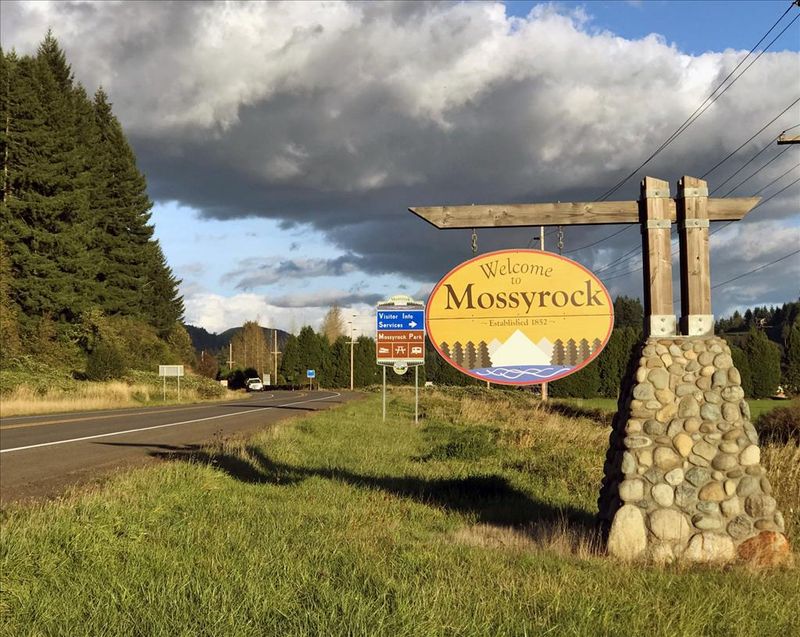
Nature’s artwork inspired this poetic name that captures the Pacific Northwest’s lush, green essence perfectly. Large moss-covered boulders and rocky outcroppings dominate the landscape, creating the visual inspiration for early settlers’ naming choice.
The region’s constant moisture and mild temperatures create ideal conditions for thick moss growth. Ancient rocks become living sculptures draped in emerald velvet that changes with seasonal light.
Located near Mayfield Lake, Mossyrock serves as a popular destination for camping and fishing enthusiasts. Visitors immediately understand the name’s origin when they see the stunning moss-draped geological formations that make this corner of Washington feel like an enchanted forest.
6. Drain, Oregon
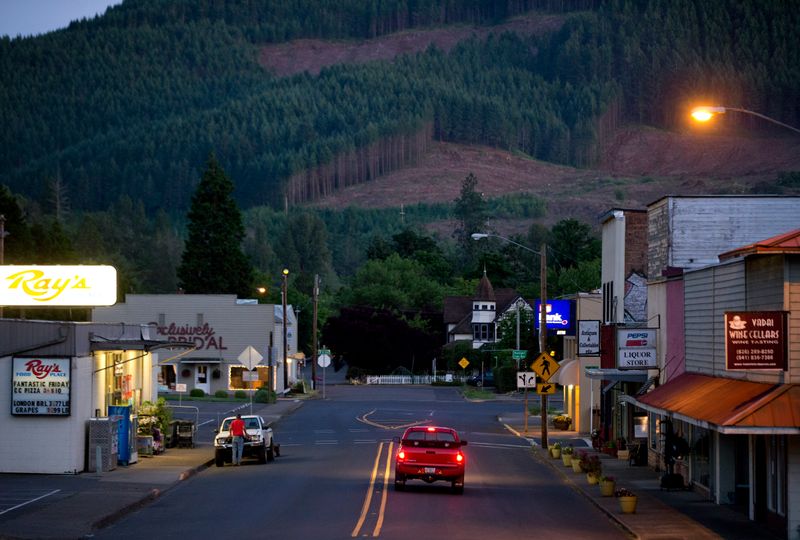
Charles Drain, a nineteenth-century settler and businessman, left his mark on this small Douglas County community through entrepreneurship and civic leadership. His general store and post office became the social hub for surrounding farming families.
The town developed along transportation routes that connected coastal regions with inland valleys. Drain’s strategic location made it a natural stopping point for travelers and freight haulers moving goods between markets.
Modern Highway 99 still carries traffic through Drain, maintaining its role as a waystation. While the name might sound unfortunate to outsiders, locals honor their founder’s contributions to Oregon’s early development and agricultural success.
7. Sequim, Washington

Pronunciation puzzles visitors who encounter this charming Olympic Peninsula town with its deceptively tricky spelling. Locals say “SKWIM,” following the original Klallam tribe’s word meaning “quiet water.”
The name refers to Sequim Bay’s protected waters that remain calm while storms rage along the outer coast. Native peoples recognized this natural harbor as a peaceful refuge from Pacific Ocean turbulence.
Sequim enjoys unusual sunshine in typically rainy Washington thanks to the Olympic Mountains’ rain shadow effect. This “Sunshine Belt” attracts retirees and outdoor enthusiasts who appreciate both the pleasant climate and the area’s stunning natural beauty surrounding those famously quiet waters.
8. Sweet Home, Oregon
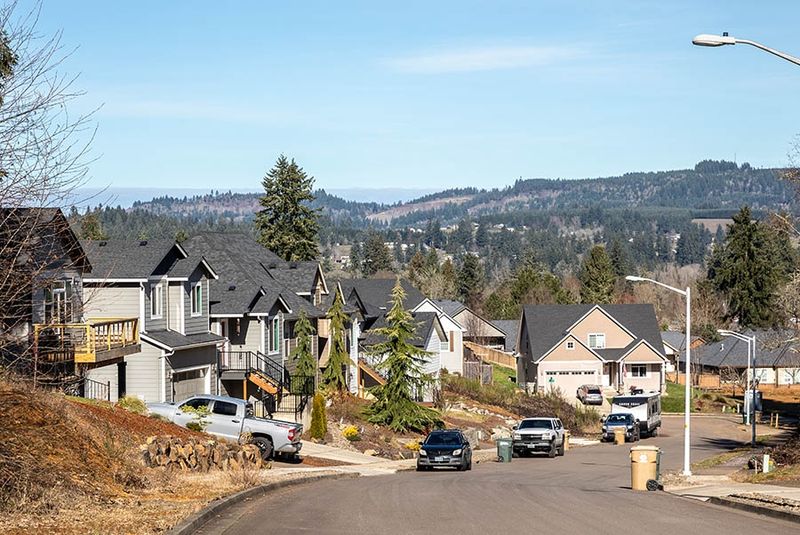
Pioneer nostalgia and genuine affection for their new homeland inspired early settlers to choose this heartwarming name. The Willamette Valley location offered fertile soil, abundant water, and protection from harsh weather that made it feel like paradise.
Families traveling the Oregon Trail endured months of hardship before reaching this welcoming valley. The contrast between trail difficulties and valley abundance made the name choice feel natural and deeply meaningful.
Modern Sweet Home maintains its small-town charm while serving as gateway to the Cascade Mountains. Residents still appreciate the sentiment behind their community’s name, understanding why exhausted pioneers felt they had finally found their true “sweet home” in Oregon.
9. Concrete, Washington
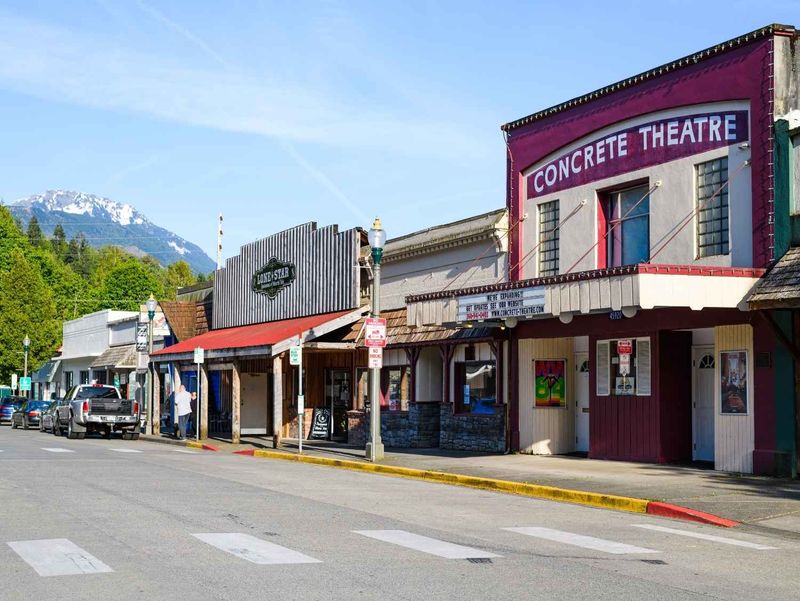
Industrial heritage shaped this Skagit Valley community’s straightforward name, reflecting the cement manufacturing that drove local economic development. The Superior Portland Cement Company established operations here, taking advantage of limestone deposits and transportation access.
Workers and families flocked to the area during the early 1900s construction boom. The cement plant provided steady employment and helped build infrastructure projects throughout the Pacific Northwest region.
After the plant closed, Concrete reinvented itself as a recreational destination. Visitors enjoy fishing, camping, and exploring North Cascades wilderness areas while appreciating how this former industrial town successfully transitioned to embrace its natural surroundings and outdoor tourism opportunities.
10. Halfway, Oregon
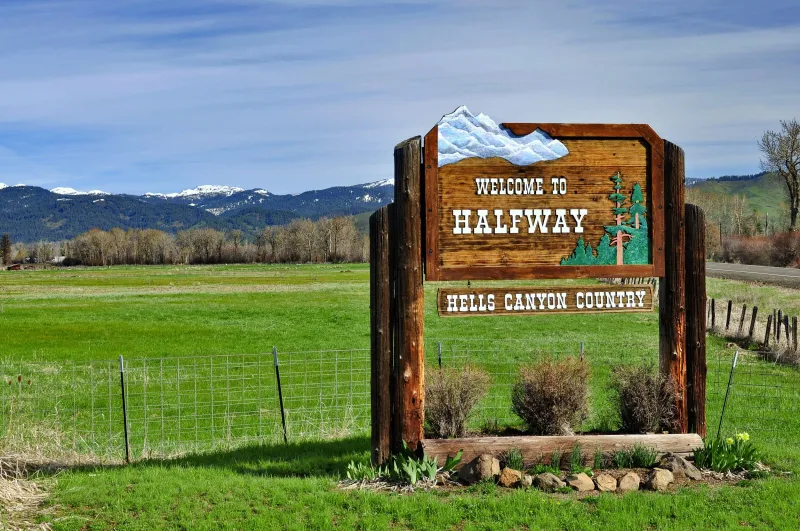
Geography determined this Baker County town’s practical name, marking the midpoint between larger communities along historic travel routes. Early maps showed Halfway as the logical stopping place for weary travelers and freight haulers.
The community developed around this natural rest stop function, providing essential services like food, lodging, and equipment repairs. Stagecoach lines and later automobile traffic relied on Halfway’s convenient location.
In 1999, Halfway briefly changed its name to Half.com in a publicity stunt with the internet company. Residents quickly returned to their traditional name, proving their attachment to the geographic identity that has defined their community for generations.
11. Tokeland, Washington
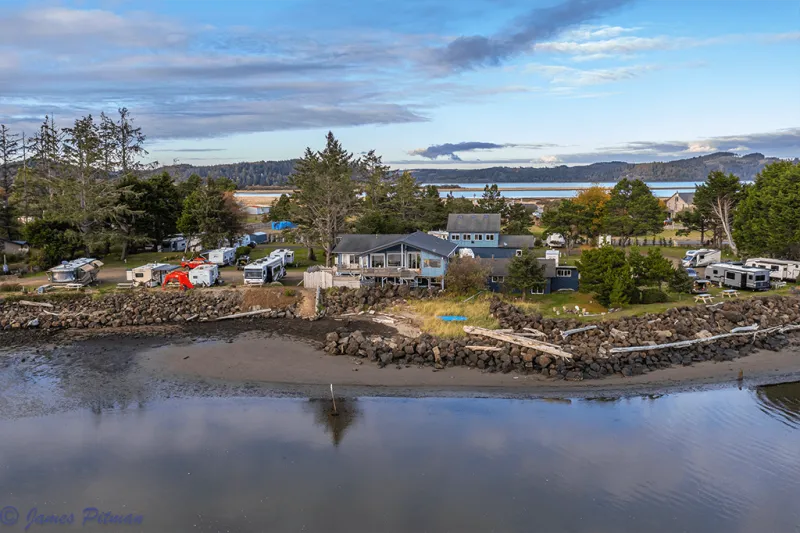
Native American heritage meets coastal geography in this Pacific County community whose name honors the Toke Point area’s original inhabitants. The Chinook people established fishing camps here, taking advantage of excellent salmon runs and shellfish beds.
Early white settlers recognized the wisdom of indigenous site selection. The protected waters and abundant marine resources made Tokeland a natural choice for continued settlement and development.
Today, Tokeland operates as a popular destination for crabbing, clamming, and beach recreation. Visitors appreciate both the excellent seafood opportunities and the respect shown to Native American history through the community’s name and cultural awareness of the area’s original stewards.
12. Yacolt, Washington
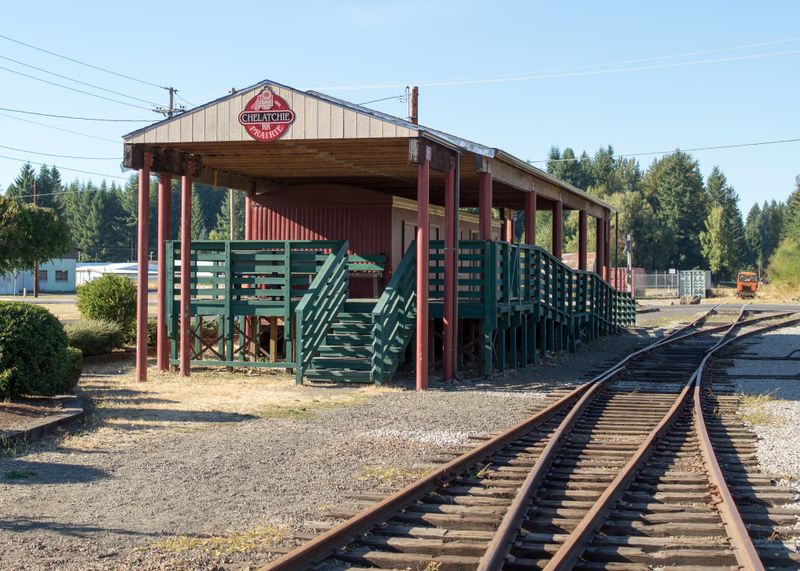
Ancient forests and devastating fires shaped this Clark County community’s evocative name, derived from Native American words meaning “haunted place.” The haunting refers to widespread forest destruction rather than supernatural activity.
The Great Yacolt Burn of 1902 consumed over 200,000 acres of pristine woodland, creating a landscape of blackened stumps and ash. Survivors described the aftermath as eerily quiet and spiritually unsettling.
Modern Yacolt has grown into a thriving small town surrounded by regenerated forests. The name serves as a reminder of nature’s power and resilience, honoring both the tragedy that scarred the land and the remarkable recovery that followed.
13. Christmas Valley, Oregon

Holiday spirit inspired early explorers who discovered this Lake County valley during December travels, leading to a name that brings smiles year-round. The timing of their arrival created a permanent connection between the landscape and festive celebration.
Desert geography and wide-open spaces characterize this high-desert community that contrasts sharply with traditional Christmas imagery. Sagebrush and juniper replace pine trees in this unique Oregon landscape.
The Christmas Valley Airport serves as an important transportation hub for the region. Pilots and visitors often comment on the delightful contrast between the community’s festive name and its rugged high-desert setting, creating memorable experiences for travelers throughout all seasons.
14. Cougar, Washington
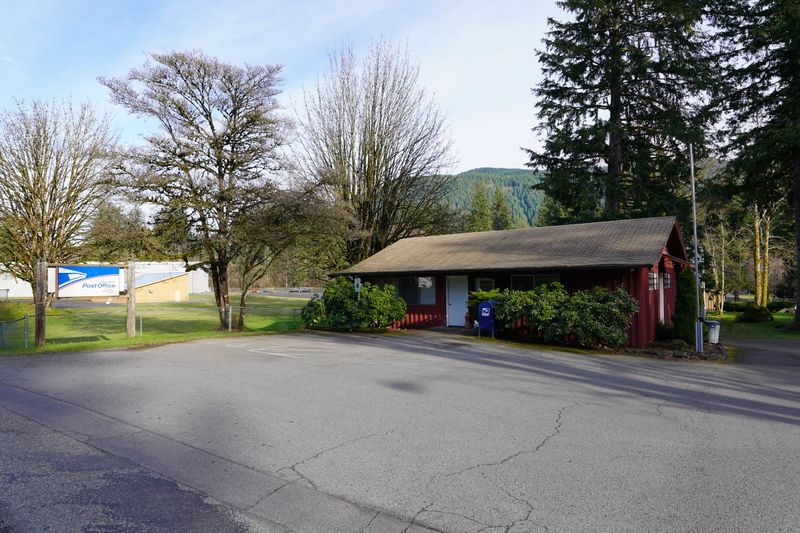
Wildlife heritage lives on in this Cowlitz County community’s name, honoring the powerful predators that once roamed these Cascade Mountain foothills freely. Native cougars shaped local ecology and captured settler imagination through their mysterious presence.
The town developed near the Cowlitz River, providing access to timber resources and transportation routes. Logging operations and later recreational activities became the economic foundation for community growth and development.
Mount St. Helens’ 1980 eruption dramatically impacted Cougar, bringing both destruction and renewed tourism interest. The community’s resilient spirit matches its namesake animal’s strength, adapting to challenges while maintaining connections to the wild heritage that inspired its distinctive name.
15. Tenino, Washington
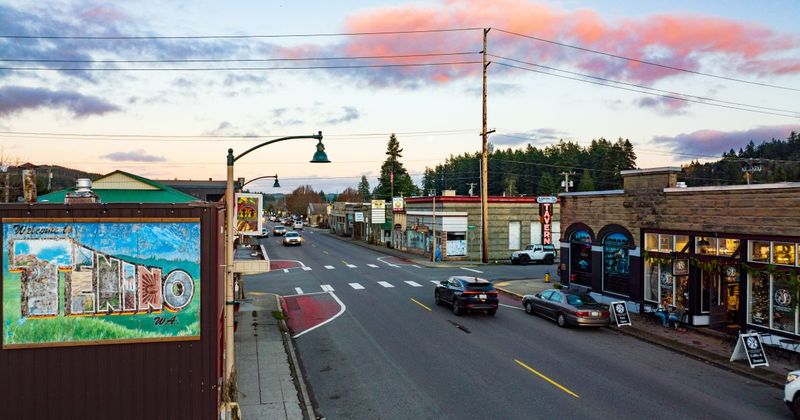
Railroad history and Native American language combined to create this Thurston County town’s distinctive name, derived from words meaning “fork” or “junction.” The reference describes the meeting of transportation routes and waterways.
Tenino became famous for its sandstone quarries that provided building materials for major Pacific Northwest construction projects. The distinctive Tenino stone can be seen in buildings throughout Washington and Oregon.
During the Great Depression, Tenino issued wooden money to help local businesses survive economic hardship. This innovative solution demonstrated community creativity and cooperation, earning the town recognition for resourcefulness that matches the practical wisdom embedded in its Native American name.
16. Glide, Oregon
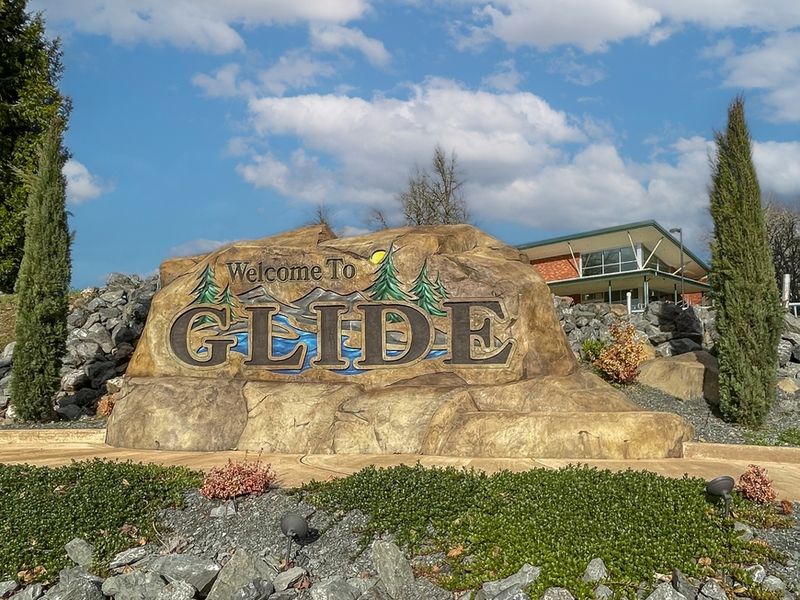
Smooth river travel inspired this Douglas County community’s graceful name, reflecting the gentle flow of the North Umpqua River through the surrounding landscape. Early travelers appreciated the easy navigation compared to rougher waterways elsewhere.
The area became popular with settlers seeking fertile river bottom land for farming and ranching. The river’s reliable flow and moderate current made it ideal for transportation and early industrial uses.
Modern Glide attracts outdoor enthusiasts who enjoy world-class fishing, particularly for steelhead and salmon. The North Umpqua’s reputation among anglers matches the peaceful imagery suggested by the town’s name, creating perfect harmony between community identity and natural resources.
17. Elma, Washington
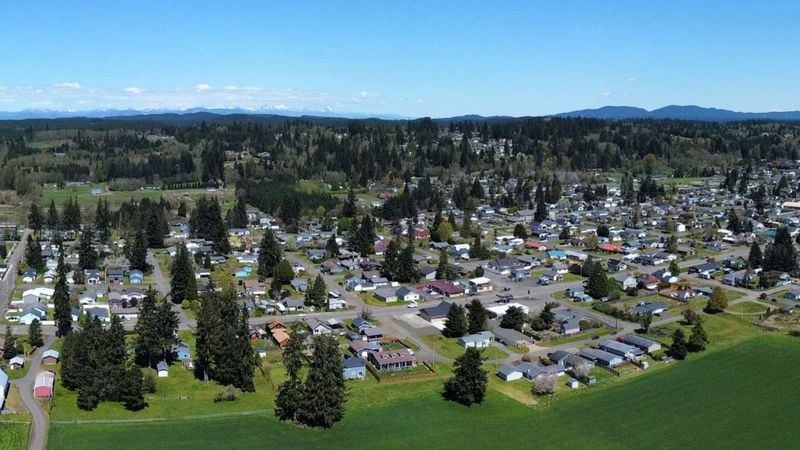
Personal tribute created this Grays Harbor County town’s name when early settlers honored a beloved community member named Elma. The choice reflected the close-knit relationships that characterized small pioneer settlements throughout the Pacific Northwest region.
Timber industry development drove Elma’s early growth, taking advantage of abundant forest resources and transportation access. The community became a regional center for logging operations and lumber processing activities.
Today, Elma maintains its small-town character while serving surrounding agricultural and forestry interests. Annual festivals and community events preserve the spirit of personal connection that led to the town’s naming, celebrating the individual relationships that built these Pacific Northwest communities.
18. Sisters, Oregon
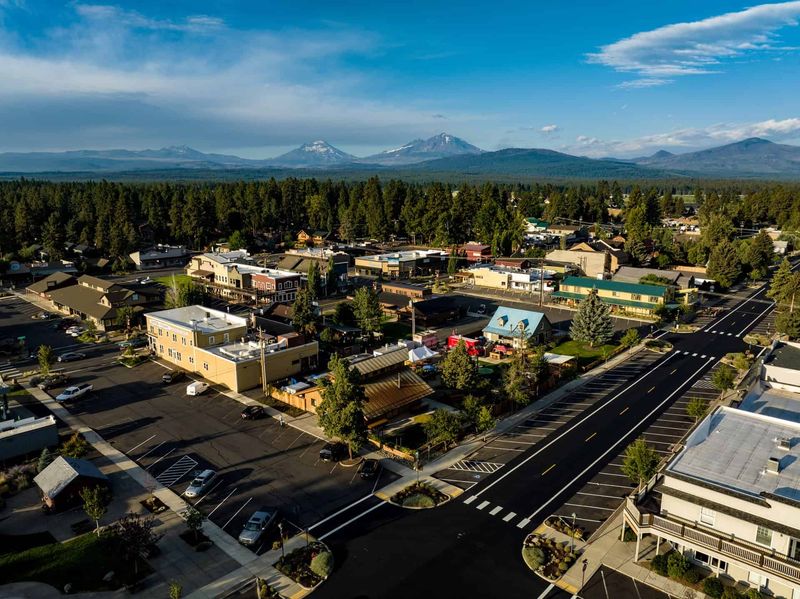
Majestic mountain peaks inspired this Deschutes County town’s poetic name, honoring the Three Sisters volcanic summits that dominate the western horizon. These ancient peaks – Faith, Hope, and Charity – create one of Oregon’s most recognizable landscapes.
The community developed as a supply center for ranchers, loggers, and later tourists drawn to Central Oregon’s outdoor recreation opportunities. The dramatic mountain backdrop made Sisters a natural gathering place.
Modern Sisters embraces Western themes through architecture and annual events like the Sisters Rodeo. The town successfully balances tourism growth with small-town charm, using the spectacular Three Sisters peaks as both inspiration and natural landmark for visitors exploring the Cascade Mountains.
19. Pe Ell, Washington
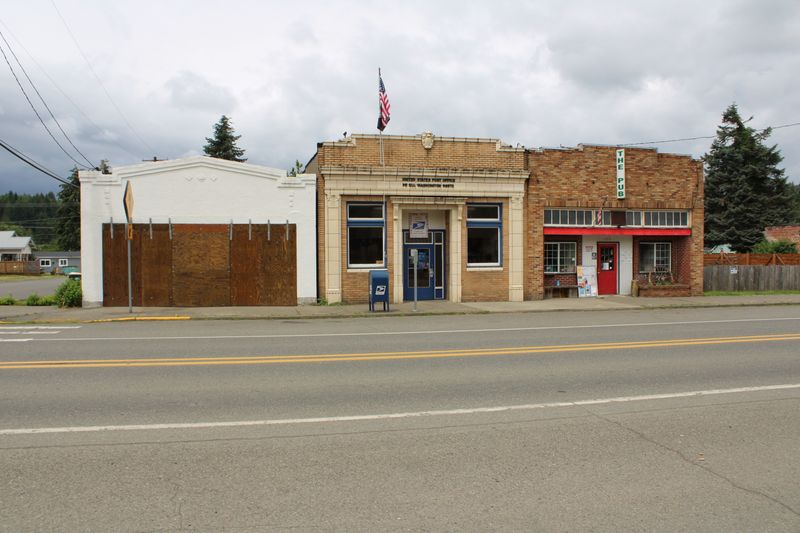
French-Canadian fur traders left their linguistic mark on this Lewis County community through the name “Pe Ell,” derived from French words meaning “beautiful prairie.” Early trappers recognized the area’s scenic meadowland and abundant wildlife.
The Willapa Hills location provided access to both timber resources and transportation routes connecting coastal and inland regions. Pe Ell became a natural stopping point for travelers and freight haulers.
Logging operations dominated the local economy for generations, but Pe Ell has successfully transitioned to embrace recreational tourism and small-town living. The French-inspired name continues to reflect the natural beauty that first attracted those early fur traders to this corner of southwestern Washington.

